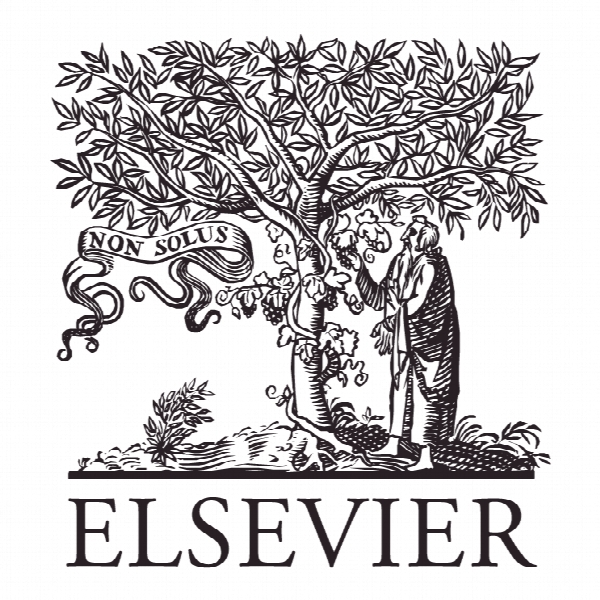یادگیری ماشین برای خدمات اکوسیستم Machine learning for ecosystem services
- نوع فایل : کتاب
- زبان : انگلیسی
- ناشر : Elsevier
- چاپ و سال / کشور: 2018
توضیحات
رشته های مرتبط مهندسی کامپیوتر
گرایش های مرتبط هوش مصنوعی
مجله خدمات اکوسیستم – Ecosystem Services
دانشگاه School of Environment – Bangor University – United Kingdom
منتشر شده در نشریه الزویر
کلمات کلیدی انگلیسی ARIES, Artificial intelligence, Big data, Data driven modelling, Data science, Machine learning, Mapping, Modelling, Uncertainty, Weka
گرایش های مرتبط هوش مصنوعی
مجله خدمات اکوسیستم – Ecosystem Services
دانشگاه School of Environment – Bangor University – United Kingdom
منتشر شده در نشریه الزویر
کلمات کلیدی انگلیسی ARIES, Artificial intelligence, Big data, Data driven modelling, Data science, Machine learning, Mapping, Modelling, Uncertainty, Weka
Description
1. Introduction Many scientific disciplines are taking an increasingly integrative approach to planetary problems such as global climate change, food security and human migration (Baziliana et al., 2011; Bullock et al., 2017). To address such challenges, methods and practices are becoming more reliant on large, interdisciplinary data repositories often collected in cutting-edge ways, for example via citizen scientists or automated data collection (Isaac et al., 2014). Recent developments in information technology have expanded modelling capabilities, allowing researchers to maximise the utility of such ‘big data’ (Lokers et al., 2016). Here, we focus on one of these developments: data-driven modelling (DDM). DDM is a type of empirical modelling by which the data about a system are used to create models, which use observed systems’ states as inputs for estimating some other system state(s), i.e., outputs (Jordan and Mitchell, 2015; Witten et al., 2016). Thus, DDM is the process of identifying useful patterns in data, a process sometimes previously referred to as knowledge discovery in databases (Fayyad et al., 1996). This process consists of five key steps: 1) understanding the research goal, 2) selecting appropriate data, 3) data cleaning, pre-processing and transformation, 4) data mining (creating a data driven model), and 5) interpretation/evaluation (Fayyad et al., 1996) (Fig. 1). A variety of methods for data mining and analysis are available, some of which utilise machine learning algorithms (Witten et al., 2016; Wu et al., 2014) (Fig. 1). A machine learning algorithm is a process that is used to fit a model to a dataset, through training or learning. The learned model is subsequently used against an independent dataset, in order to determine how well the learned model can generalise against the unseen data, a process called testing (Ghahramani, 2015; Witten et al., 2016). This training–testing process is analogous to the calibration–validation process associated with many process-based models.


